iPhone 6S Plus vs Note 5 vs S6 Edge+
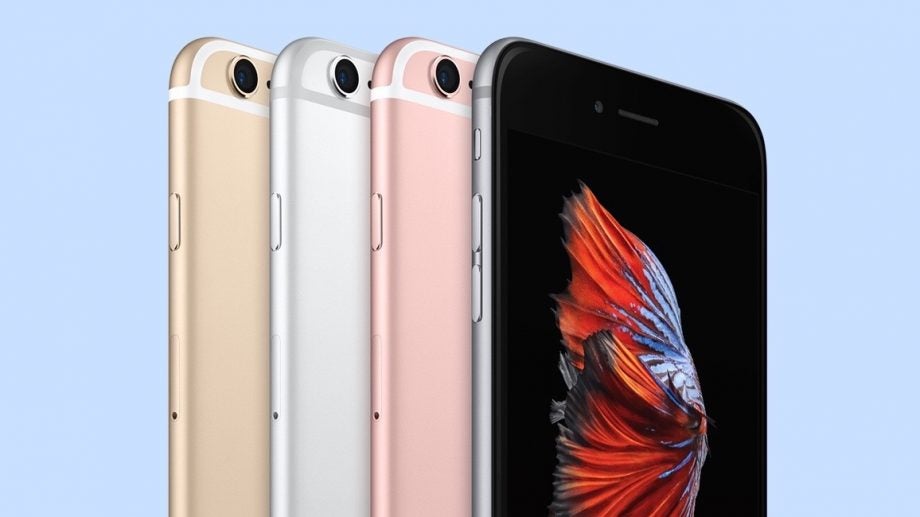
Apple has announced an update to its phablet, the iPhone 6S Plus. But how does it compare to Samsung’s potent super-sized duo, the Galaxy Note 5 and the Galaxy S6 Edge+?
It’s never been a better time to be in the market for a high-end phablet, or large-screen smartphone if you prefer.
The iPhone 6S Plus might look an awful lot like the iPhone 6 Plus before it, but it adds a whole heap of extra performance and genuinely useful features. In the Samsung Galaxy Note 5, meanwhile, you have a productivity powerhouse with a sophisticated stylus and bags of power.
The Galaxy S6 Edge+ is the looker of the trio, with a stylish design that belies its hefty size.
So which is better? The fact that two of these three phones isn’t available in the UK yet makes it impossible to say for sure, but we can compare the key areas.
WATCH: What’s new in iOS 9?
iPhone 6S Plus vs Note 5 vs S6 Edge+: Design
As we’ve alluded to already, the Samsung Galaxy S6 Edge+ is the best looking of these three phones, without a doubt. Its dual-curved display gives it an elegance and a delicateness that you wouldn’t expect from such a big phone.
Not that the Samsung Galaxy Note 5 or the iPhone 6 Plus are ugly, as such. They’re essentially super-sized versions of the Samsung Galaxy S6 and iPhone 6S respectively (though the Note 5 has a more pronounced back than its smaller brother), and those are two handsome phones in their own right.
It’s just that the Galaxy S6 Edge+ is a super-sized Galaxy S6 Edge, and that’s arguably the prettiest phone around.
Related: Best Mobile Deals: Top Smartphone offers this month
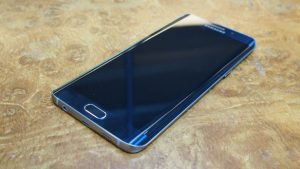
This slinky impression is emphasised when comparing the thickness of the three phones. The Galaxy S6 Edge+ is comfortably the thinnest at 6.9mm, followed by the iPhone 6S Plus at 7.3mm, with the Galaxy Note 5 bringing up the rear at 7.6mm thin.
Design is about more than just good looks, of course, and if we’re talking about ruggedness, we’d have to give the iPhone 6S Plus the nod even at this early point. After the whole ‘Bendgate’ controversy of the iPhone 6 Plus, Apple has reinforced the iPhone 6S Plus with a much stronger 7000-series aluminium – the same hard material that goes into the Apple Watch Sport.
The two Samsung phones aren’t quite so tough, thanks to the fact that they both have glass backs and bevelled edges that are positively begging to be dinged. They are, however, also built with 7000-series aluminium.
iPhone 6S Plus vs Note 5 vs S6 Edge+: Screen
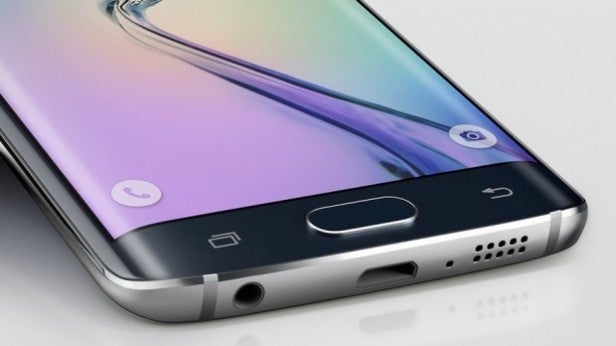
These are three of the best smartphone displays in the business, but we’d probably have to give the Samsung phones the partial edge (pun unintended) for pure visual punch.
At 5.7-inches and 2560 x 1440, these displays are both bigger and significantly sharper than the iPhone 6S Plus’s. Apple’s latest is a 5.5-inch 1920 x 1020 unit – which is by no means shabby, of course.
It’s still debatable whether we really need QHD resolutions in smartphones, but if they’re going to be used anywhere, it’s here in the super-sized category. This is where those extra pixels will be most noticeable in UHD media content and photos.
Related: iPhone 6S vs Galaxy S6
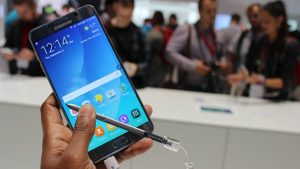
Still, sharpness isn’t the main reason we’d be inclined to give the nod to the Samsung displays. It’s the way in which Samsung has mastered the Super AMOLED technology they employ, leading to deep blacks and vibrant colours without (and this is the crucial bit) suffering for colour accuracy. These screens are reference standard.
Of course, if the iPhone 6 Plus is anything to go by (and it undoubtedly is), the iPhone 6S Plus’s IPS LCD display will be pretty accurate with its colours, and extremely bright and vibrant to boot.
All three phones have their own unique screen features to call upon, too.
Related: Everything you can do with 3D Touch
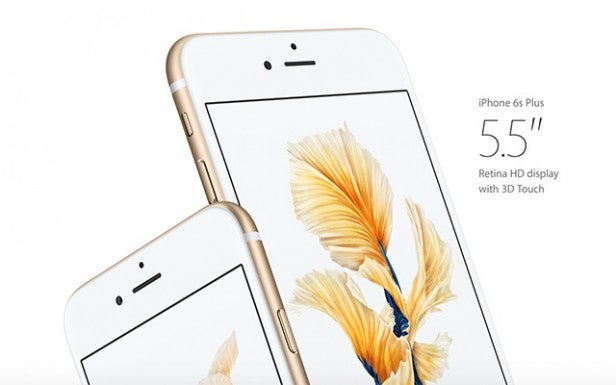
The iPhone 6S Plus has 3D Touch. It’s the biggest addition to the new iPhone, and it means that the display is sensitive to variances in pressure. It’s now possible to ‘peek’ into applications or messages through varying the weight of your presses.
The Galaxy Note 5 has the S Pen tucked away in its body, which allows you to use a sophisticated stylus to scrawl on the screen, or to navigate with more precision. It works very well indeed, particularly if you prefer writing by hand to typing.
Finally, the Galaxy S6 Edge+ has those dual-curved edges. It might sound like a gimmick, and for the most part it is, but it does allow for some neat additional app and contact shortcuts, as well as the ability to peek at notifications from an angle.
iPhone 6S Plus vs Note 5 vs S6 Edge+: Power

Both the Samsung phones run on custom quad-core Exynos 7420 processors with 4GB of RAM. This is a serious amount of power on tap, and it has helped these phones to leapfrog all of their existing rivals in terms of raw performance.
At least, that was the case until the arrival of the iPhone 6S Plus and its A9 CPU. We’re not sure exactly how they will compare, but with a claimed 70 percent more power than the iPhone 6 Plus’s A8 CPU, it would seem as if Apple has placed itself back in the lead on performance terms.
Of course, Apple and Samsung have always taken very different approaches to CPU design. Apple favours using fewer cores (just the two), but likes to make those cores extremely fast. Samsung goes with the multiple lesser core approach that’s so popular on the Android platform.
Related: iPhone 6S vs iPhone 5S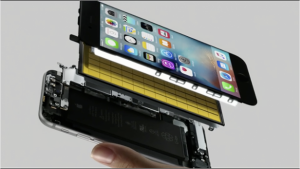
Which is better? It’s impossible to say for sure, though most common smartphone tasks still only really require one or two cores to operate efficiently. When it comes to applications that do make use of multiple cores, it’s the clear champ.
Apple has finally (we think) doubled the RAM on its latest phone to 2GB, which should give it lots more leg room when switching between open apps and tabs. Still, that’s half the amount of the two Samsung phones.
Ultimately, all three phones have plenty of power to run their operating systems and app ecosystems. We await the first iPhone 6S Plus benchmarks with interest.
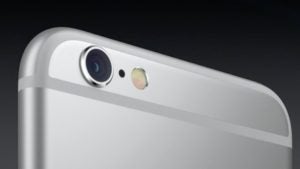
iPhone 6S Plus vs Note 5 vs S6 Edge+: Camera
Apple had the smartphone camera field sewn up for years until the Samsung Galaxy S6 and the Samsung Galaxy S6+ came along. Both the Samsung Galaxy Note 5 and the Samsung Galaxy S6 Edge+ use virtually the same camera as their smaller predecessors.
That means a top notch 16-megapixel unit with OIS and laser autofocus. These phones quite simply succed by taking sharp, accurate pictures very fast – and that latter part is helped by a brilliant double-home-button-tap shortcut.
They’re much better at simply firing and forgetting than Samsung phones used to be (though arguably still not as well as recent iPhones), but it’s their extensive manual control options that really stand out. More importantly, this is what sets them apart from the more basic point-and-shoot iPhone 6S Plus camera interface.
Related: iPhone 6S hands-on
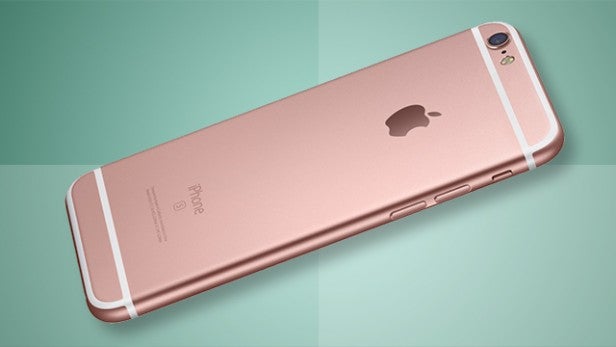
Talking of which, Apple seems to have bumped up the photographic capabilities of its new phone significantly. After several years of 8-megapixel units, the iPhone 6S Plus has a 12-megapixel camera.
Not only are pictures more detail-packed this time, but they also have improved autofocus and more focus pixels, while the camera also now supports 4K video recording. On the latter point, Apple reckons it has executed 4K recording better than its rivals, with far smoother motion capture.
Perhaps the most noteworthy photographic addition is that of Live Photos, which automatically captures a few seconds of motion and sound when you take a picture. It serves to provide little live journals of special moments.
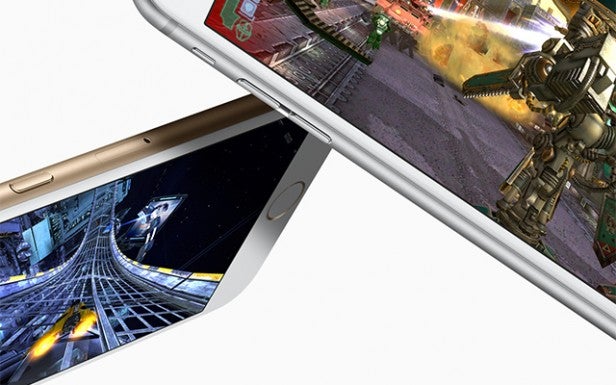
As for the front-facing cameras, all three phones have 5-megapixel units. The iPhone 6S Plus could have a bit of an edge here by utilising its display to illuminate darker selfie shots, but we’ll reserve judgment on that.
iPhone 6S Plus vs Note 5 vs S6 Edge+: Storage
It’s tricky to call a winner when it comes to storage. Gone is Samsung’s usual differentiating point of expandable storage – all four have only the internal storage they ship with.
The storage options are also a mixed bag across all three. The iPhone 6S Plus has the most options at three, and also the largest option at 128GB. However, the entry model is 16GB, which is way to puny – especially given all the space-hogging 4K videos and 12-megapixel images you’ll be snapping.
Related: Samsung Galaxy S6 Edge + review
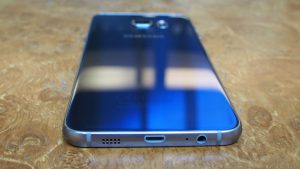
The two Samsung phones start from 32GB, which is far preferable, but Samsung has inexplicably left out a 128GB option. Given the aforementioned lack of expandable storage, this is an odd decision to say the least.
A mixed storage bag all-round, then.
iPhone 6S Plus vs Note 5 vs S6 Edge+: Software
Are you an iOS fan or an Android fan? It’s the age-old question (well, about seven years old) for smartphone users.

Still, there’s some reason for giving the nod to the iPhone 6S Plus here. It runs pure, unadulterated iOS 9 precisely as its makers intended it.
This means that, for better or worse, you’re getting a carefully crafted, uncompromised experience that’s also perfectly in sync with the hardware.
Samsung, on the other hand, continues to tamper with the core Android OS, adding its own TouchWiz UI and custom apps. It’s a lot better at this than it used to be, with a fresher, brighter, less cluttered appearance. But we’d still like it to get closer to the stock Android experience like Motorola does.
Related: iPhone 6S vs iPhone 6
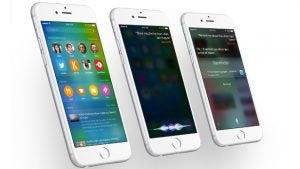
TouchWiz on the Galaxy Note 5 and Galaxy S6 Edge+ is slick and fast, but it’s not quite the seamlessly accomplished or consistent experience that iOS 9 is (based on early builds and previous versions, at least).
Plus, with the iPhone 6S Plus’s 3D Touch feature, iOS is set to become even more powerful and intuitive.
Early Verdict
Samsung and Apple are still at the very top of the smartphone game, regardless of perceived ups and downs or hardware ‘controversies.’ These three phablets will almost certainly be the best of their kind for another year or so.
So which is best? As we’ve already noted, it’s impossible to say when only the Galaxy S6 Edge+ is available in the UK. Samsung hasn’t announced any plans for a UK launch of the Note 5 either, which is a major bummer – especially as it’s potentially a far more interesting and distinctive product than its flashier brother.
We’re tempted to suggest that Apple is in the driving seat here, then. If it can avoid any nasty hardware issues, those 3D Touch and camera improvements – not to mention its supercharged performance – could see it through as our favourite phablet from a UK standpoint. Time will tell.


